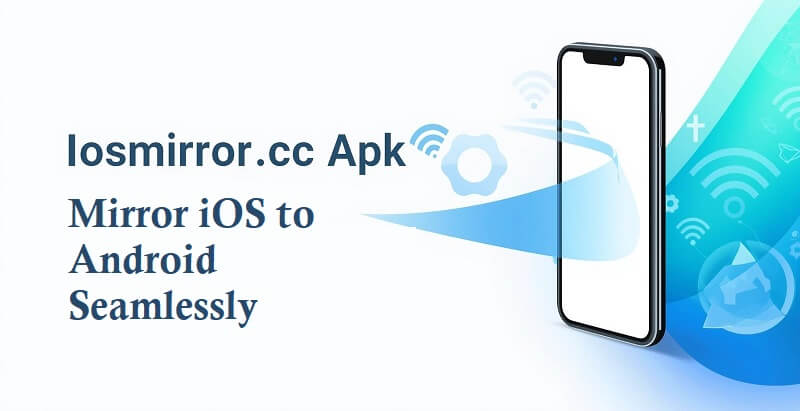Hey guys, today in this blog post, we are going to discuss what are the differences between usability and accessibility? So keep reading.
In order to satisfy the requirement to enhance the user experience while designing a website, two principles must be taken into consideration: usability and accessibility, both of which must be addressed.
These are very significant criteria for practically all users since they decide whether or not a website or an application can provide the greatest possible experience for that particular individual. After all, there is nothing more frustrating than attempting to utilize an application or log into a portal that has more flaws than helpful features. This is a frustrating aspect of anyone’s experience.
These are objects that may be used in conjunction with one another, but they are not interchangeable since they do not allude to the same ideas. Because of this, it is important to grasp the distinctions between one and the other in order to better understand why we end up giving them more priority. This will allow you to obtain the material you want in the most efficient manner.
In this article, we’ll go through their definitions and the distinctions between them. As a result, after the words have been thoroughly clarified for you, it will be simple to see and realize that they were not at all perplexing, despite the obvious disparities in their conceptual frameworks and practical implications for projects on the web and in other disciplines of computing (especially the one that involves visual elements).
Usability Of The Internet

Users with just rudimentary knowledge of operating systems and software were among the first to encounter the notion of usability in the 1980s when computers became widely available to those with a very rudimentary knowledge of the subject. Before then, users directly contributed to its development, thus as the audience increased, many individuals were dissatisfied with the lack of intuitive software they encountered.
Nowadays, usability is described as a software’s capacity to be understood, learned, and used by the user and its ability to be appealing to the user under specified circumstances of usage.
That is, the design of websites and software must consider how a wide group of people think and behaves, rather than forcing them to conform to the designer’s preferences. As part of this, it is necessary to take into consideration how the website or app appears on various devices, in order for customized designs to provide improved usability consistently.
Accessibility

As defined by the World Wide Web Consortium (W3C), accessibility is a quality that enables individuals who have some kind of impairment to see and comprehend the web and navigate and interact with it. In other words, it ensures that the design of a website can compensate, to the greatest extent feasible, for the flaws (of any sort) of the people who visit it.
Using the ‘alt’ property of the ‘img’ HTML element, we may ensure that a user with a handicap does not lose out on important information from our material.
Not to say that if you do not have a disability, you will not benefit from website accessibility improvements: there are also temporary disabilities (such as when you lose your glasses or break an arm) and circumstantial limitations that may be benefited from accessibility improvements ( when you try to read a website with inadequate text contrast on a smartphone in the hot sun, sitting on a beach chair while enjoying the sea breeze touching your face).
So that’s all from our side. I hope you liked this article on what are the differences between usability and accessibility? Thank you for reading!.









